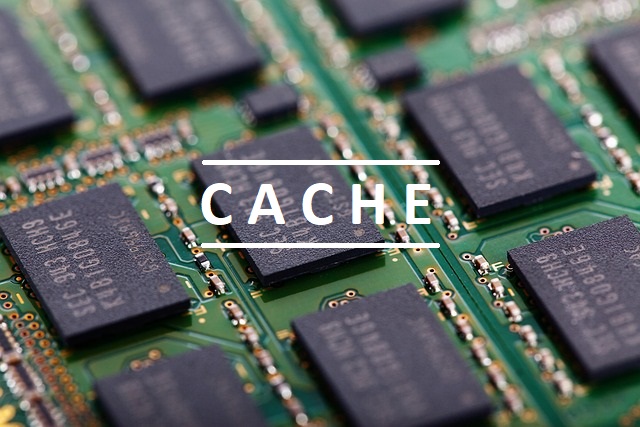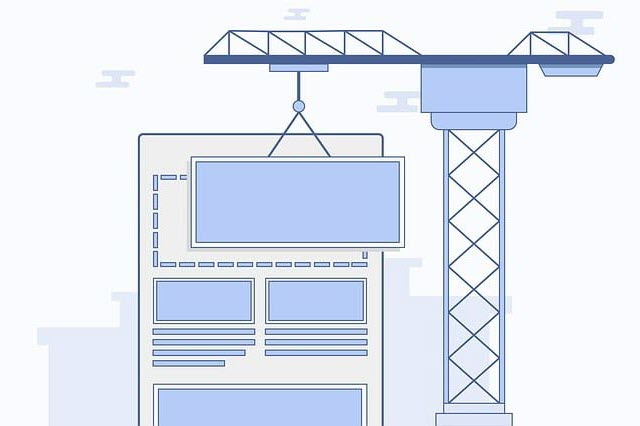Is your Website running slow? There are many solutions you can pursue to speed up a WordPress site. This speed aspect becomes a priority when you want to increase website traffic.
As a WordPress administrator, implementing website caching is highly recommended. i.e., if not already done.
I will walk you through WordPress Cache and its benefits in this article. I will also touch on how to clear the cache. I understand if this sounds intimidating. But trust me. It’s not. You should be able to get a handle on it by the end of this article.
What is website caching?
Let me begin with an example. Imagine you own a small grocery storefront in your neighborhood. And you store the bulk of your material supplies in a basement warehouse.
You have customers walking into your store all day. It’s not fun running to the warehouse each time you need material. It gets time-consuming and tiring as well. So instead, you will temporarily store the most frequently ordered material at your storefront.
You will ensure that the material in your temporary store is easily accessible. You will also check whether it’s outdated or expired. Website caching is somewhat similar.
Caching
Caching is the process of enabling quick access to often-used content. This process is done by temporarily storing the dynamic content in easily accessible locations. It saves the need for the server to process every request. It also keeps the browser from reloading the entire site every time. It’s an excellent way to speed things up!
I am sure you are getting the drift by now.

What is WordPress Cache?
A cache is a temporary store of static files in a WordPress site. These files can be easily accessed when someone visits your WordPress site. The server does not need to execute complex PHP scripts to process the request. Instead, visitors are served cached files.
To summarize the benefits of WordPress caching solutions:
- Improved User Experience leading to reduced Bounce rates and better chances of conversion.
- Reduced server-side processing leading to optimized use of resources.
- Faster page loading times and website speed contribute to an improvement in Core Web Vitals metrics.
With that, you would’ve understood WordPress caching, its importance, and its benefits. Let me now help you know the Types of Cache.
Types of WordPress Cache
There are two types of WordPress Caching when described in simple terms:
Browser cache stores the static components of a WordPress site on your computer. This cache facilitates a better experience when re-accessing the same page. Server Cache works like the Browser Cache, but the content is kept on the server side or network. This setup avoids the need for complex server processing for each request.

Browser Cache
This cache system is built into a web browser on the end user’s machine. The browser temporarily saves copies of a website’s relatively static files. The saved copies may include the following:
- Images
- HTML & JavaScript
- Stylesheets
When visitors return to your WordPress Website, their browser retrieves Page Cache from the stored files. Then, it uses them to assemble the rendered content. This process saves time since it does not need to reload everything.
Generally, web browsers maintain a cache storage space for a specific duration. It could also be until the browser is out of configured capacity. Beyond a point, the old data is automatically deleted, and the new information is updated.
But, as an owner of your device, you can also erase your browser’s cache whenever you desire.
Server Cache
This caching type is implemented on the WordPress server without users’ input. Typically, it is kept on a different server, or your WordPress hosting company manages it. It stores information such as updates to software and search queries.
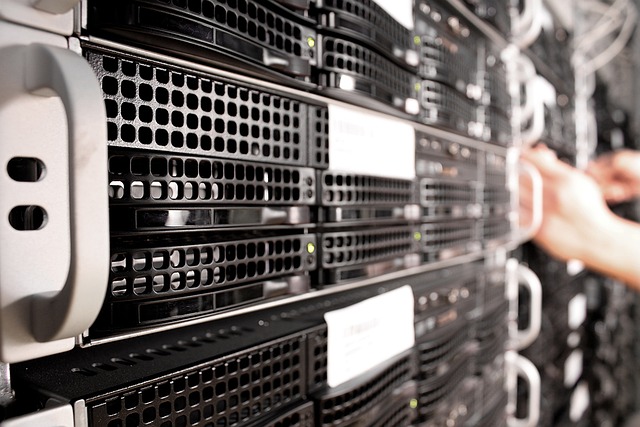
The two caching modes in this type are:
Object Caching
Object Caching is a server caching feature. It keeps database inquiries in server-side memory. So, when another visitor wants the same thing, the server can deliver it instantly without querying the WordPress database again.
Network Caching
Network Caches such as CDN Caching & Advanced Network Caching. Content Delivery Network (CDN) services are a network of servers worldwide. They are enabled cached version of your site to users in that region.
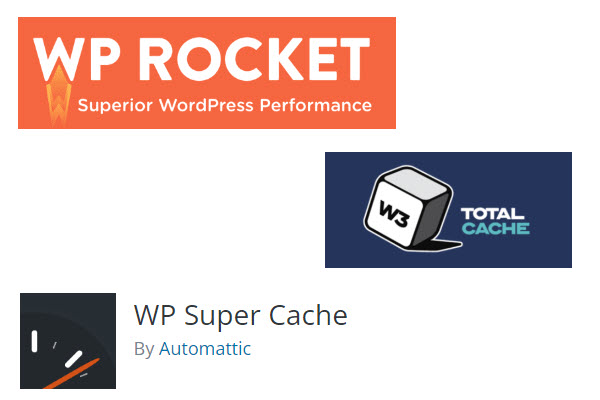
Why do I need a Cache plugin?
The WordPress Caching process described in this article may seem daunting to execute & manage. But that’s where WordPress Caching plugins come to the rescue. Install and activate the plugin is a straightforward process with popular plugins.
You can install a WordPress caching plugin to manage various server-side caching activities. The WordPress plugin settings will decide when to offload their cache content. In addition, they have mechanisms to refresh the cache whenever new content is published. They do the same when existing content is updated on your server as well.
Good WordPress plugins for caching have great performance optimization features as well. In my experience, the best WordPress caching plugins are:
Your hosting service provider also provides this service – check their documentation.
Clearing WordPress cache
By now, you have understood WordPress Caching and its significance. However, I wanted to complete your knowledge with this final note.
It is essential to clear your cache folder during specific situations. For example, let’s say you have made significant changes to the Website. And you expect those changes to be live to all website visitors immediately.
Clearing cache is like a detox process. It deletes all the old files and allows refreshed WordPress content to be displayed immediately. Otherwise, you may have to wait for your caching tool to note your updates later.
What happens if I delete cache on WordPress? The website will be slightly slow in the initial stages. This is only until the cache gets rebuilt with the refreshed files.
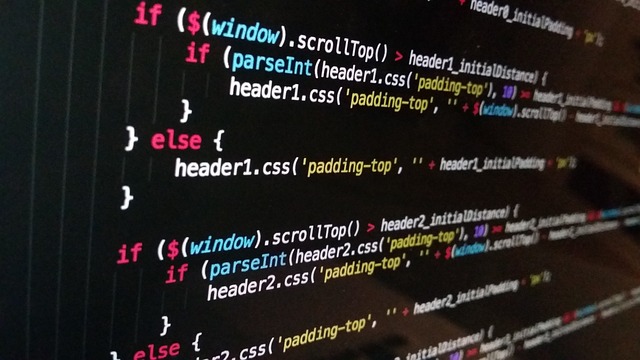
Conclusion
A cache temporarily stores static files that can be accessed quickly. It has several benefits, such as faster page loads for optimum user experience. It also contributes to improved performance metrics for search engines, which is critical for SERPs.
You can leverage several levels of WordPress caches on the server side and browser. WordPress plugins for caching are a critical component of your Website setup. It is essential to clear the cache when required.
I would love to know your experience with website cache. I look forward to your comments below.

